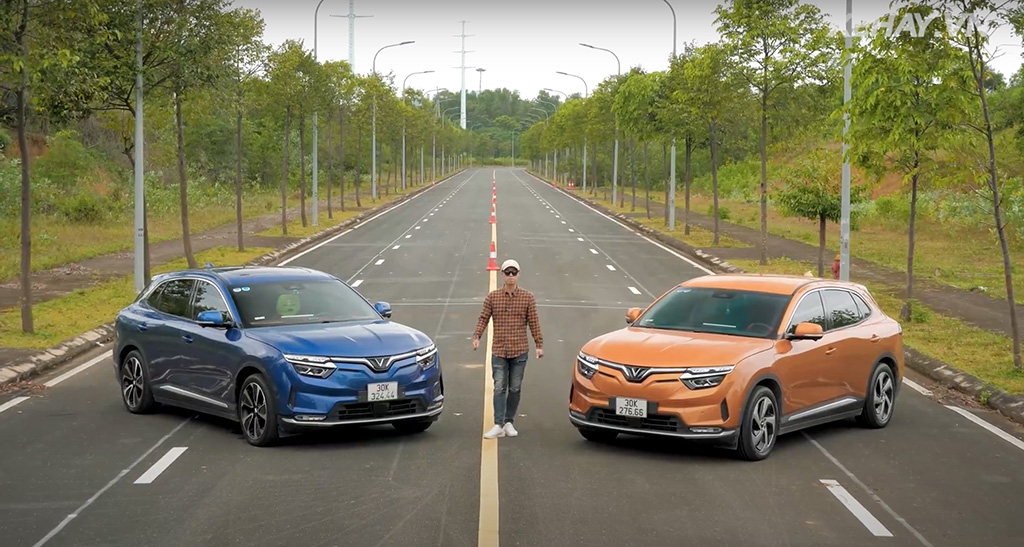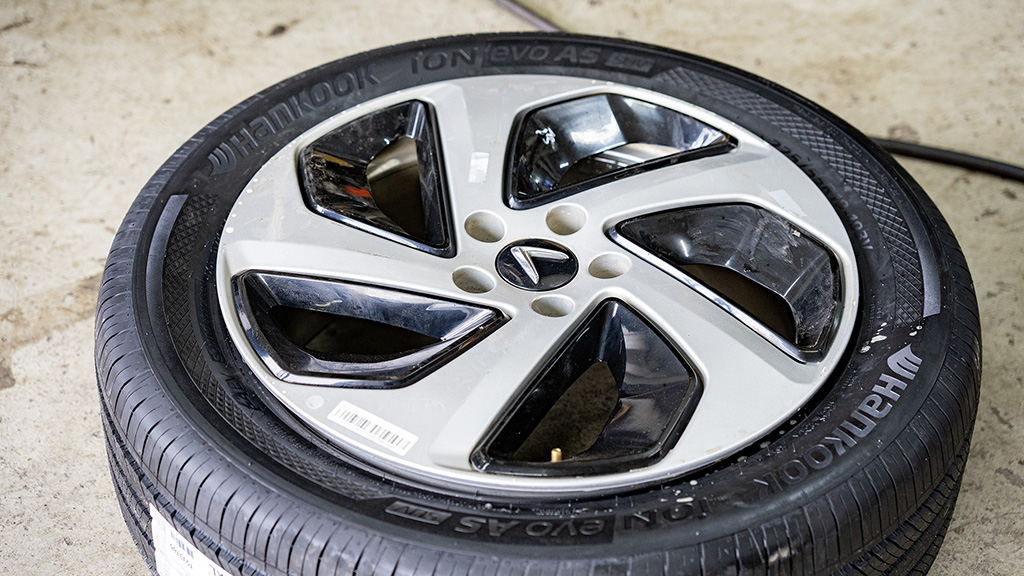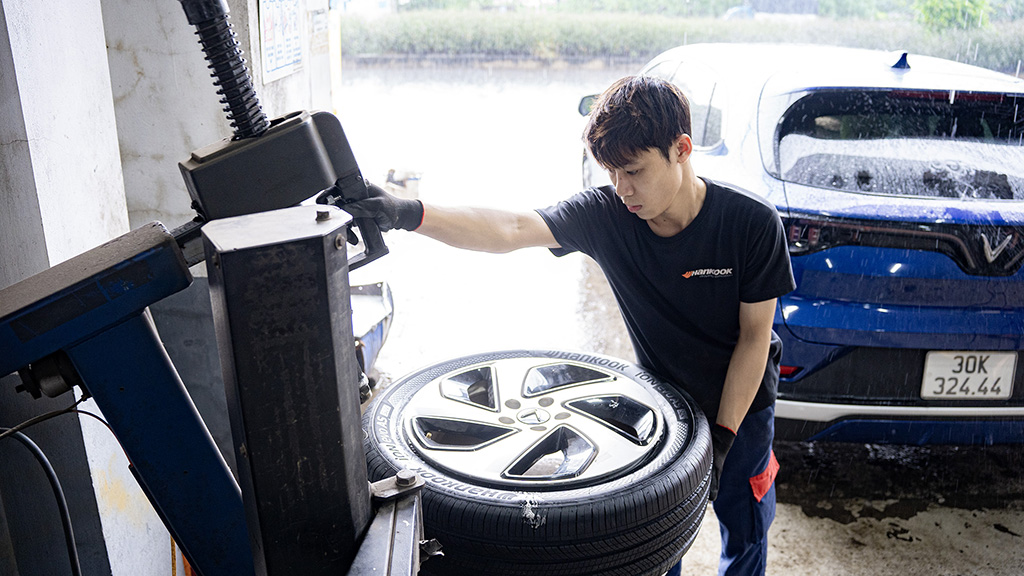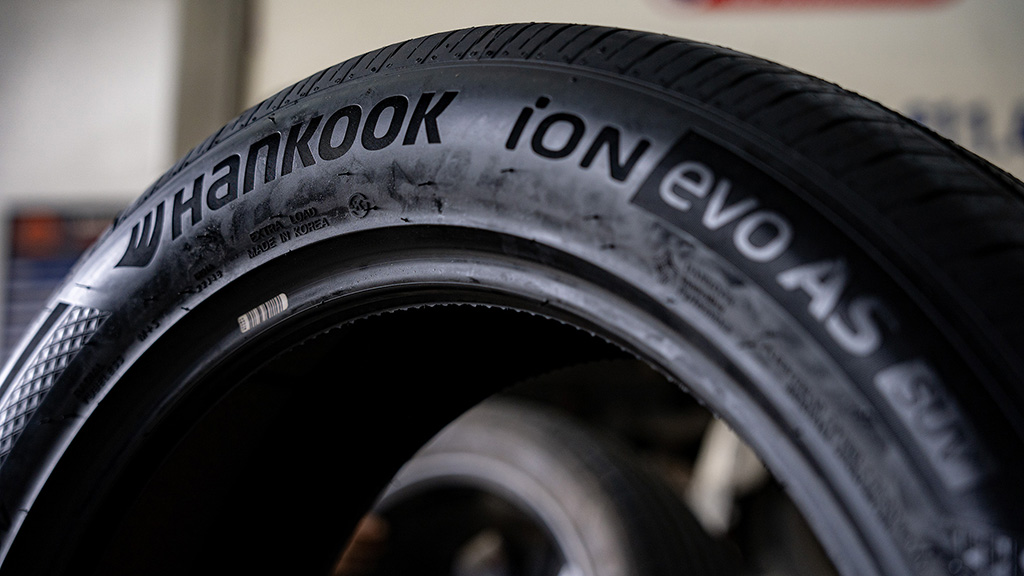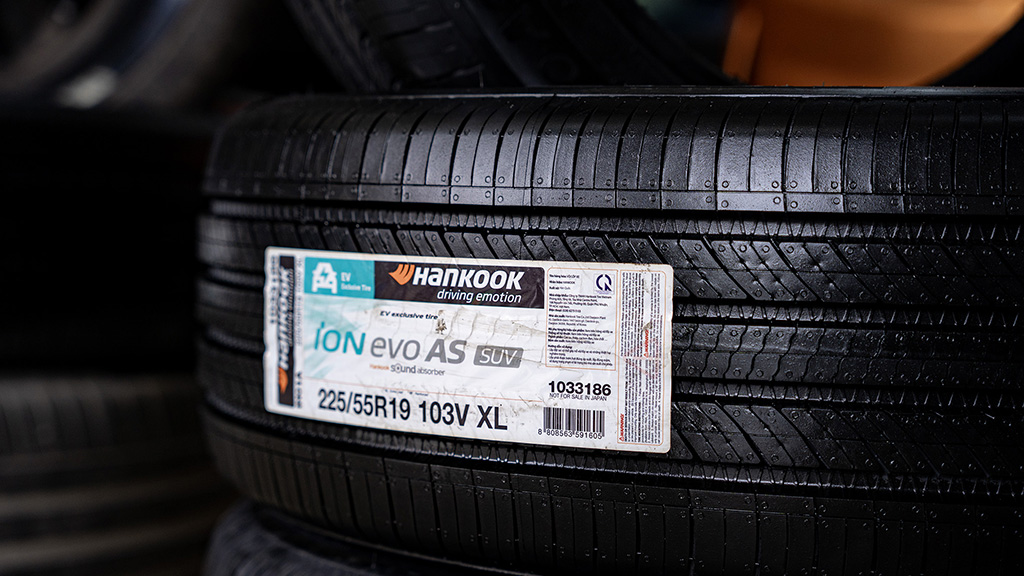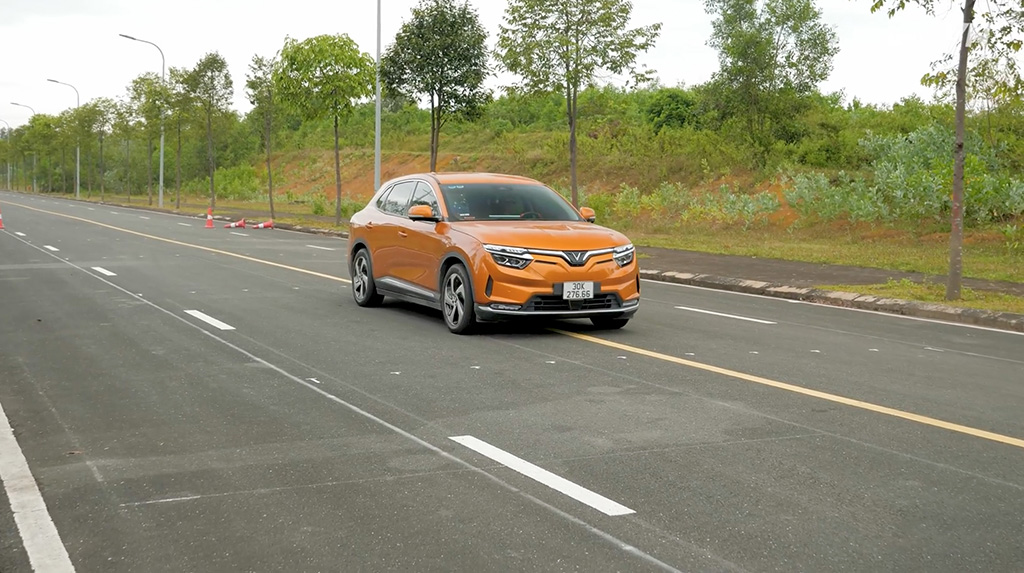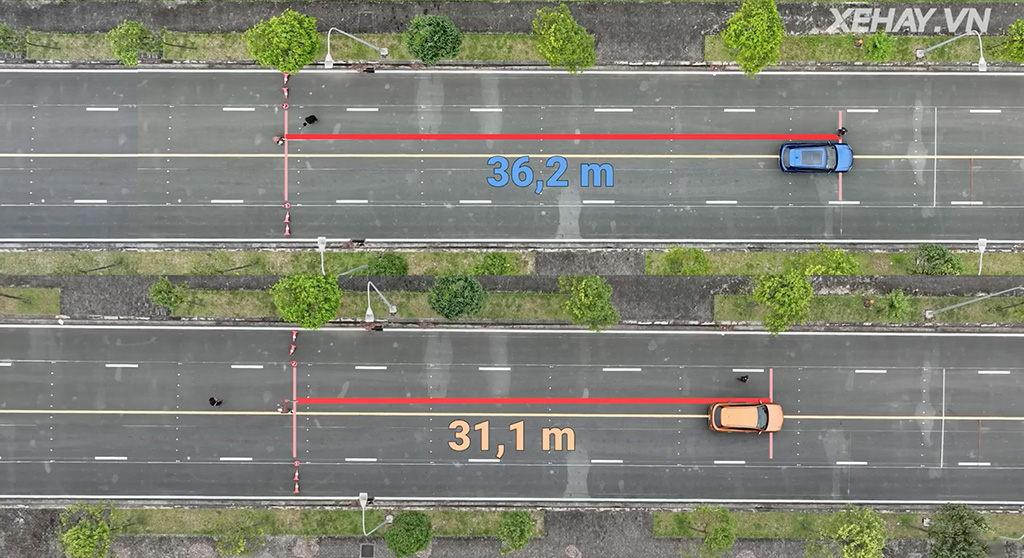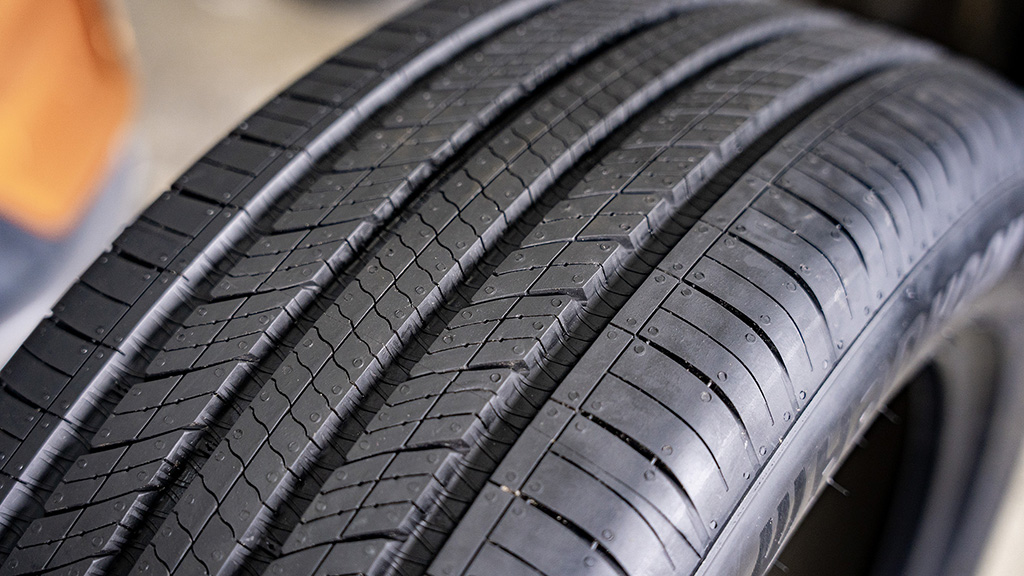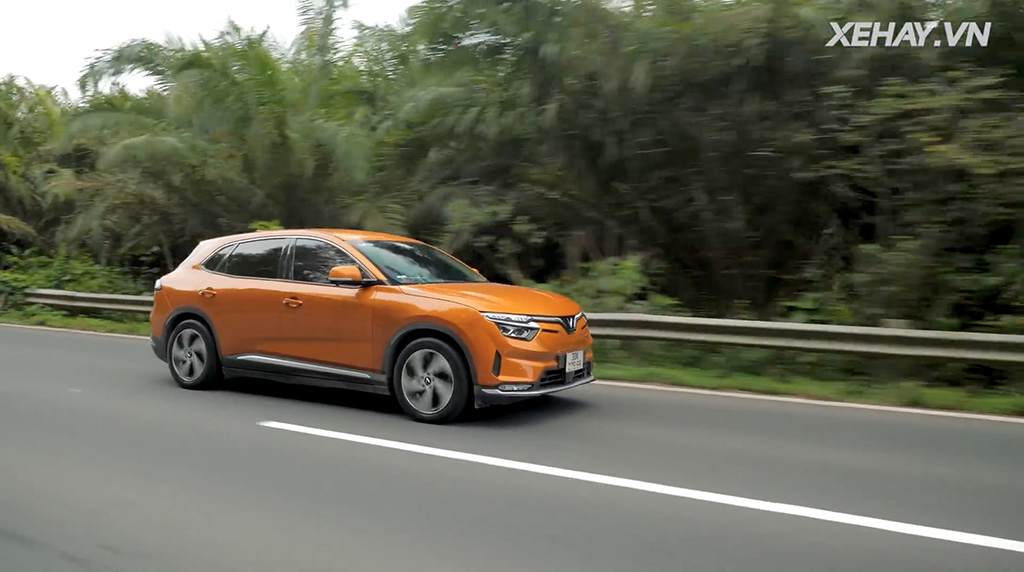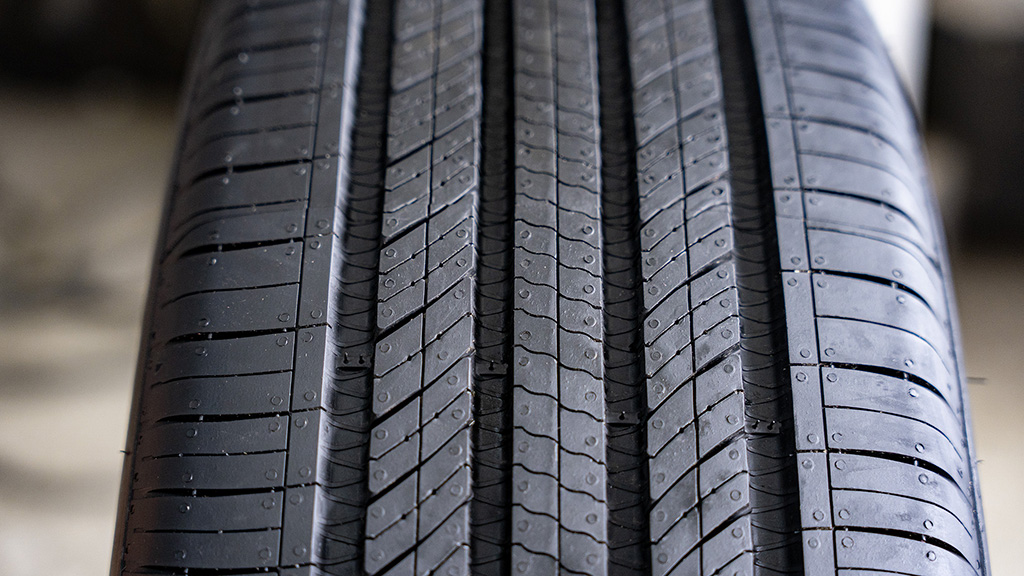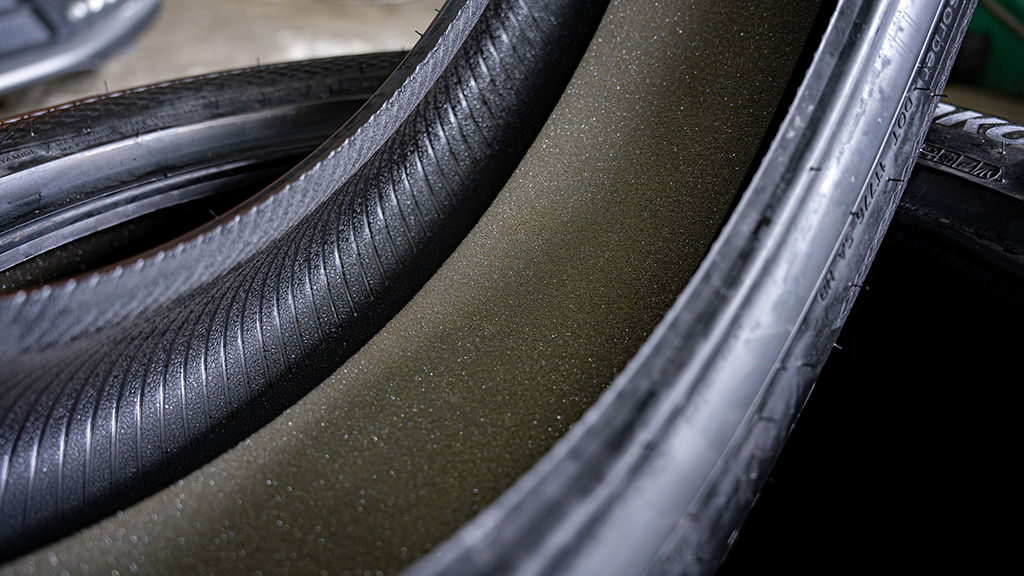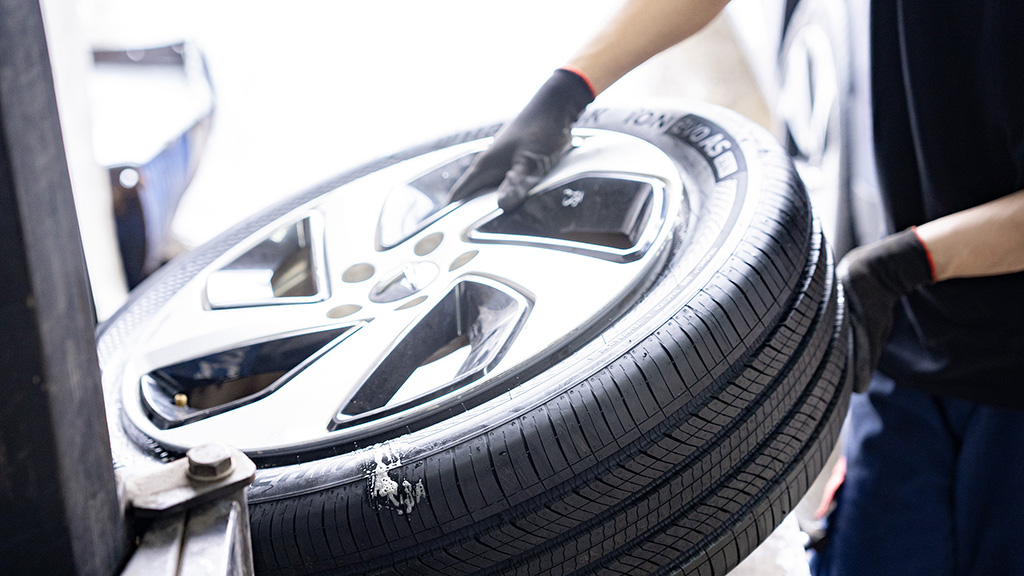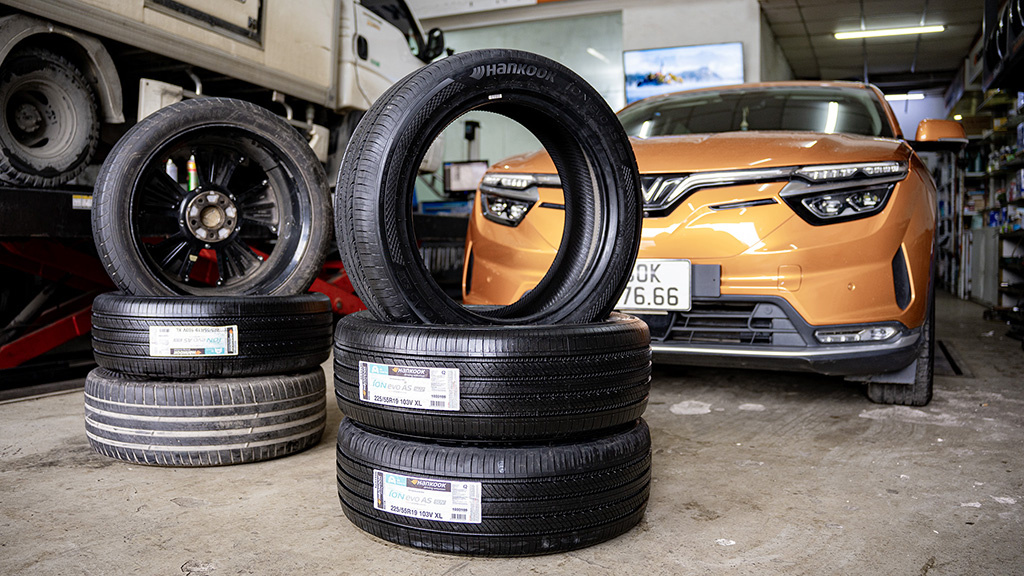Electric vehicles consistently boast impressive power and acceleration, outperforming their internal combustion engine (ICE) counterparts. However, durability and load-bearing capacity have always been challenges for tires designed for electric vehicles. Enter Hankook iON evo – a tire line specifically engineered for electric vehicles, offering a compelling solution to this complex problem.
Hankook’s iON tires are currently original equipment on renowned electric vehicle manufacturers such as the Tesla Model Y, Porsche Taycan, and Mercedes-Benz GLC…
The most significant difference between ICE vehicles and electric vehicles is their weight. Gas-powered cars typically have an engine placed in the front, under the hood, connected to a transmission system, and sometimes a driveshaft running along the length of the vehicle to transmit power to the rear axle.
As a result, gas-powered cars tend to be “nose-heavy,” with uneven weight distribution that concentrates more weight at the front. This is why traditional car owners need to rotate their tires periodically.
In contrast, electric vehicles have a more balanced weight distribution. Their motors are placed near the wheels, and the battery systems are typically spread evenly across the underbody of the vehicle. This design enhances stability and optimizes weight distribution.
However, electric vehicles are usually significantly heavier than their gas-powered counterparts, mainly due to the weight of the battery system. For instance, the weight difference can be as high as 30%. The VinFast VF 8, an electric SUV, has a curb weight of approximately 2.6 tons, while a similarly-sized Hyundai Santa Fe, an ICE SUV, weighs less than 2 tons.
The second critical difference between gas and electric vehicles is their power output. Electric vehicles typically offer superior performance and acceleration compared to their ICE counterparts in the same segment. For example, the power and torque figures for the Hyundai Santa Fe and VinFast VF 8 are 177 HP – 232 Nm and 349 HP – 500 Nm, respectively; that’s almost double the performance (comparing the lowest trim levels).
Another distinguishing factor is the minimal noise and vibration transmitted to the vehicle’s body during operation in electric vehicles. Experts estimate that, without engine noise, tire noise can account for up to 40% of the total noise entering the cabin.
Given these notable differences, tires designed specifically for electric vehicles need to address four primary challenges: improved load-bearing capacity (due to higher vehicle weight), enhanced road grip (to handle higher power output), reduced rolling resistance (to minimize energy loss and increase range), and reduced noise emissions.
To meet these challenges, Hankook’s engineers in South Korea designed the iON evo line, utilizing 58 out of their 326 electric vehicle-related patents.
As a result, Hankook claims that the iON evo tires reduce noise emissions by 25%, increase durability by 29%, extend the vehicle’s range by 6.3% on a single charge, and improve handling by 20% compared to conventional tires.
But how do these tires perform in the real world? Do they live up to the manufacturer’s claims? We conducted a series of tests at the closed-course test track in Hoa Lac, Hanoi, using two VinFast VF 8 vehicles – one fitted with the stock tires and the other with Hankook iON evo AS SUV tires.
The first test involved accelerating both vehicles to 100 km/h and then performing an emergency stop at the same location. This challenge would put the tires’ durability and grip to the test.
The results were impressive: the VF 8 with stock tires had a braking distance of 36.2 meters, while the VF 8 equipped with Hankook iON evo tires stopped in just 31.1 meters. That’s a difference of 5 meters, or a 20% improvement in braking performance.
In the slalom test, both VF 8s were driven at speeds of 70 and 80 km/h. The vehicle with the original tires started to show a loss of control at speeds between 75 and 80 km/h. In contrast, the VF 8 fitted with Hankook iON evo tires continued to provide a confident and controlled driving experience at similar speeds. Additionally, these tires allowed the driver to better sense the road conditions compared to the stock tires.
This superior performance is attributed to the optimized design of the tire’s shoulder block, featuring a 3D arrangement of the tread blocks instead of the conventional 2D pattern. The compound also contains a higher proportion of silica, evenly distributed through a uniform rubber mixing process.
The final test focused on noise reduction. Both VF 8s drove on the same route – the Hoa Lac Expressway – at a constant speed of 100 km/h. The cabin noise level in the VF 8 with stock tires was measured at 66-67 dB.
In contrast, the VF 8 equipped with Hankook iON evo tires registered a noise level of 64-65 dB. It’s important to note that dB is a non-linear unit of measurement, so a difference of 1-2 dB can represent a significant reduction in noise.
To achieve this impressive noise reduction, Hankook’s engineers added a layer of foam inside the tire to absorb noise and reduce it by up to 6 dBA in the 180-250 Hz frequency range. Additionally, the tire features an aramid fiber cap ply, a lightweight yet extremely strong material commonly used in bulletproof vests and racing tires. Aramid helps maintain the tire’s shape at high speeds, ensuring consistent contact with the road and minimizing noise.
The asymmetric tread block arrangement, with blocks of varying sizes, also contributes to noise reduction. The main grooves are designed with ridges to scatter and reduce noise.
The rubber compound’s hardness has also been optimized to reduce noise by 1 dBA. Furthermore, the iON evo tires feature a lightweight structure, improved heat dissipation, uniform rubber mixing technology, and an even distribution of silica compound, resulting in reduced rolling resistance and increased range on a single charge.
Now, let’s talk about the price: a Hankook iON Evo AS SUV tire for the VinFast VF 8 costs 3.9 million VND, which means a set of four tires would be around 15.6 million VND. This is slightly higher than the average price of conventional tires of the same size, which typically cost around 3.1 million VND per tire or 12.4 million VND for a set of four.
However, the benefits of these tires far outweigh the slight price difference. With these tires, you get a smoother, more durable, and safer driving experience thanks to their superior grip and handling characteristics.
Moreover, Hankook offers an incredibly attractive policy for customers: they can try the tires for 14 days until the end of 2024 at official Hankook Tire Vietnam dealers and return them for a full refund if they are not completely satisfied for any reason.
There’s no reason not to give these tires a try. Hankook offers a comprehensive range of tires specifically designed for popular electric vehicles, including the VinFast VF e34, VF 7, VF 8, VF 9; BYD Atto 3, Han, Tang, and Song…
Anh Phan (Tuoitrethudo)
The Only E-Hailing Platform Honored for Outstanding ESG at ASOCIO 2024
Xanh SM has been recognized in the ESG category at the 2024 ASICIO DX Awards, solidifying its position as a pioneer in Vietnam’s green transportation industry. This prestigious international award highlights Xanh SM’s unwavering commitment to sustainability and environmental protection in its pursuit of a greener future for all.





























